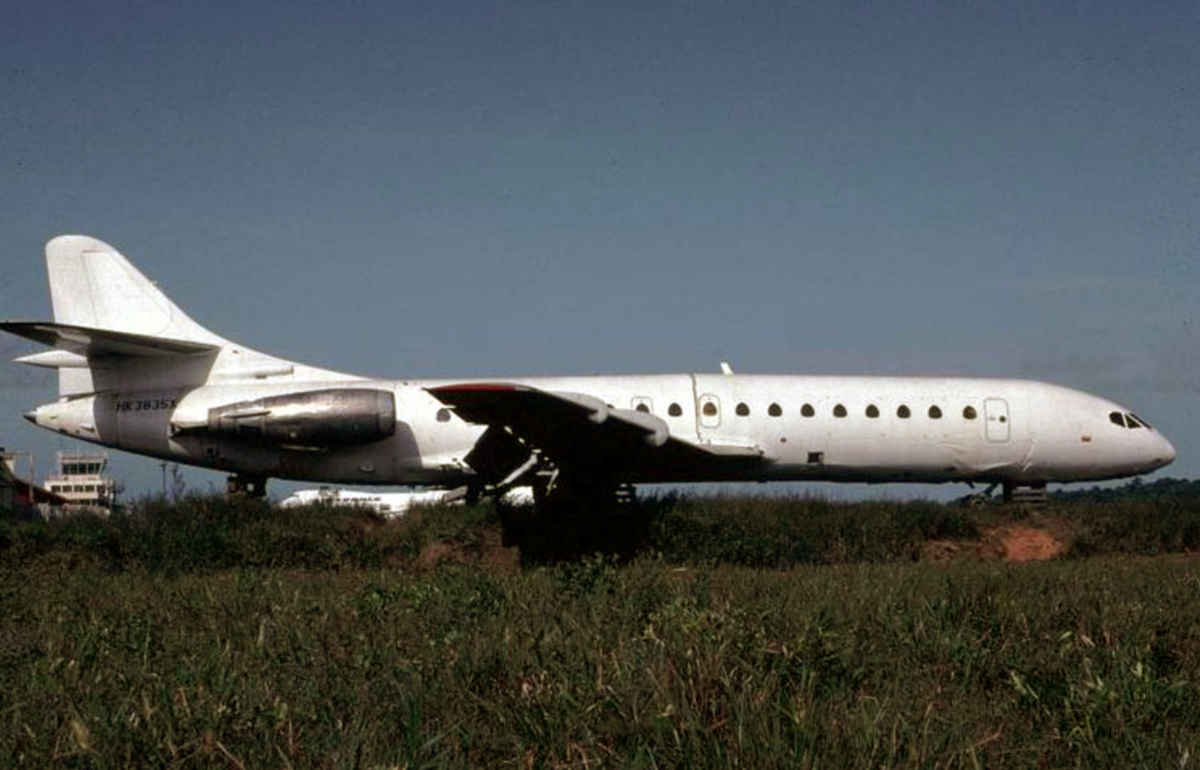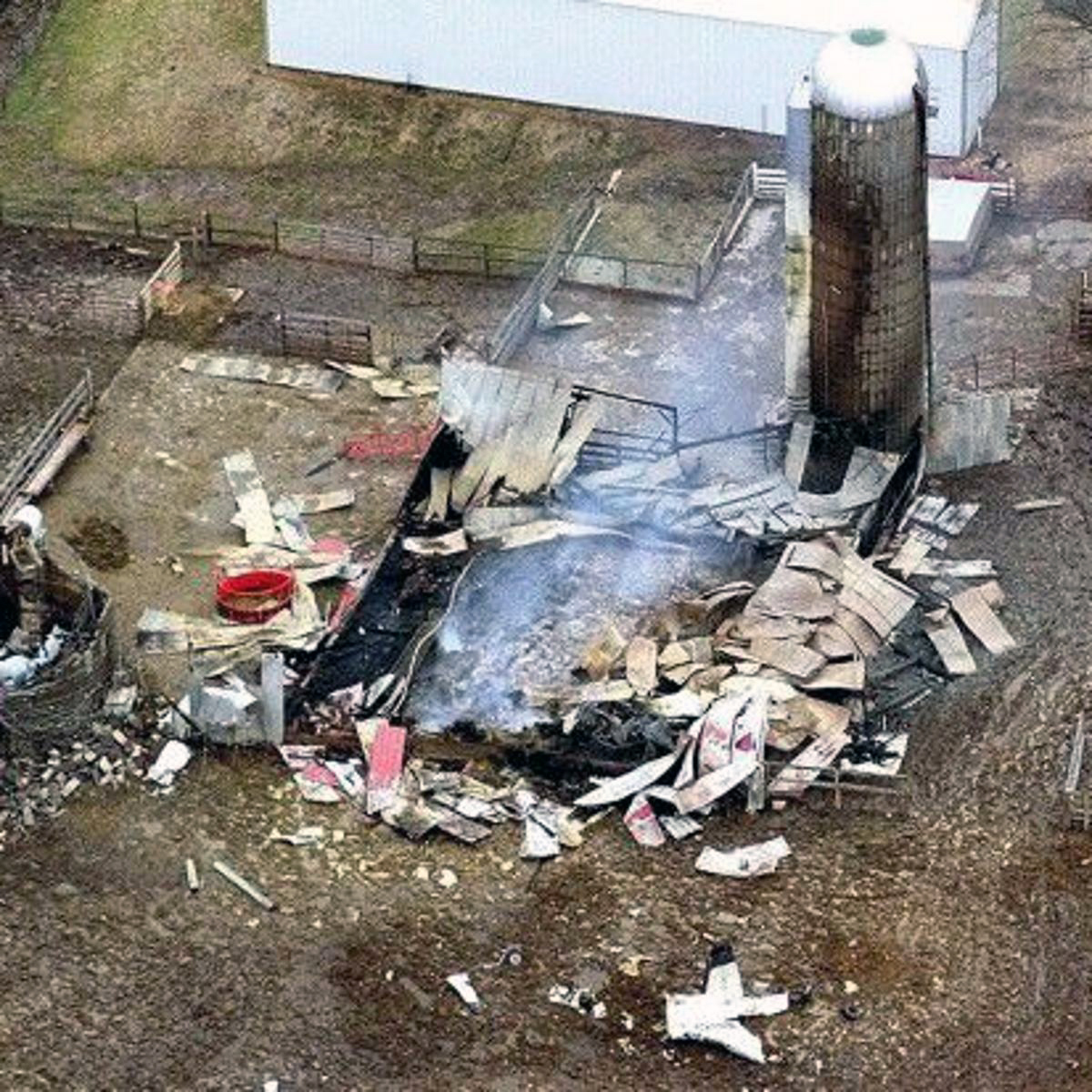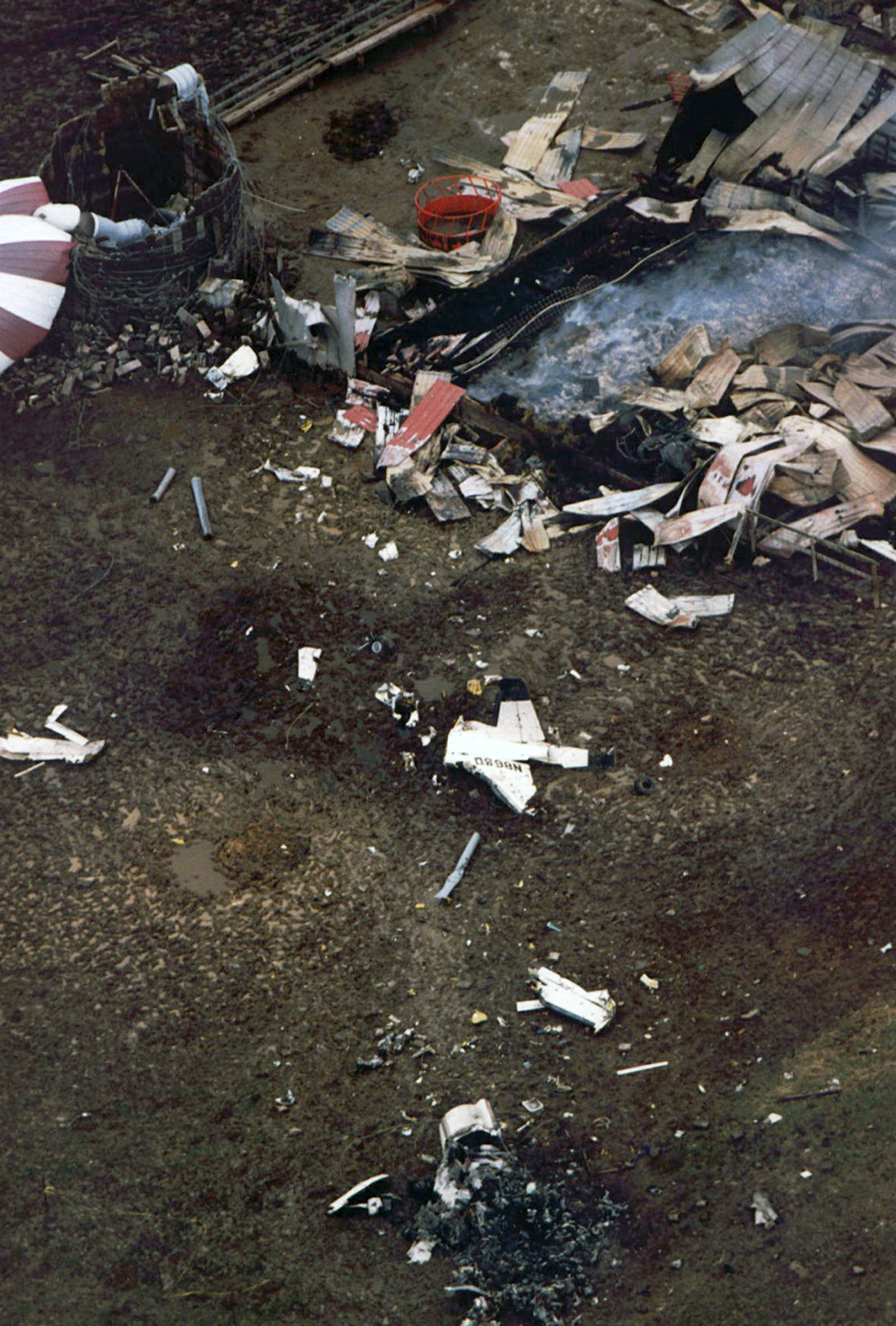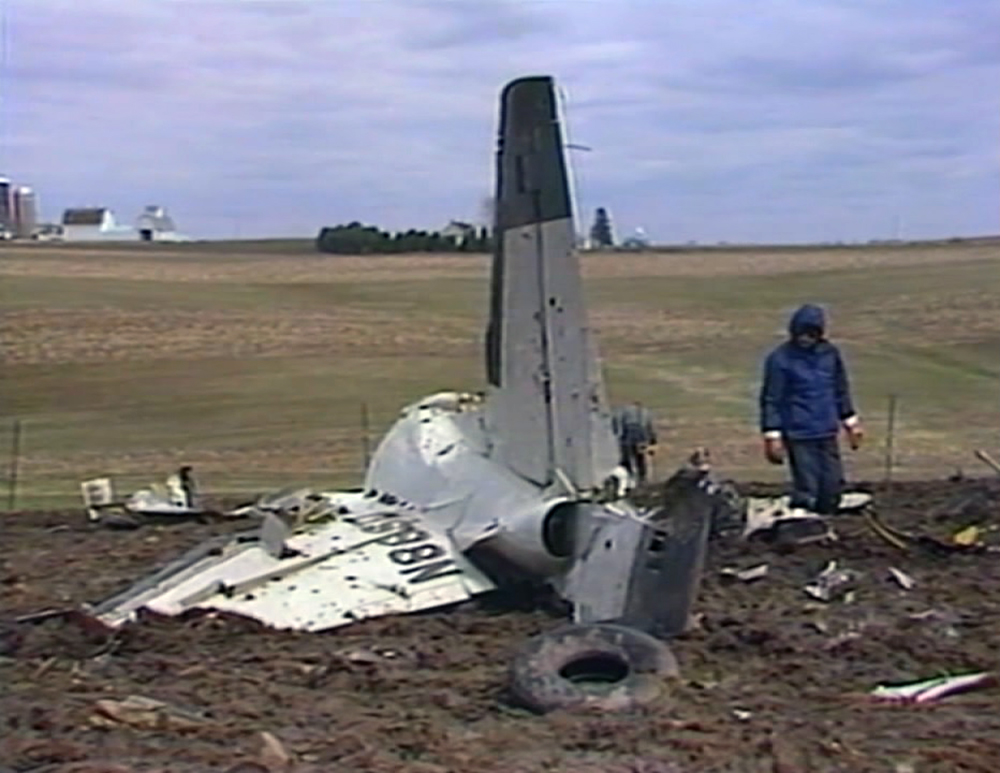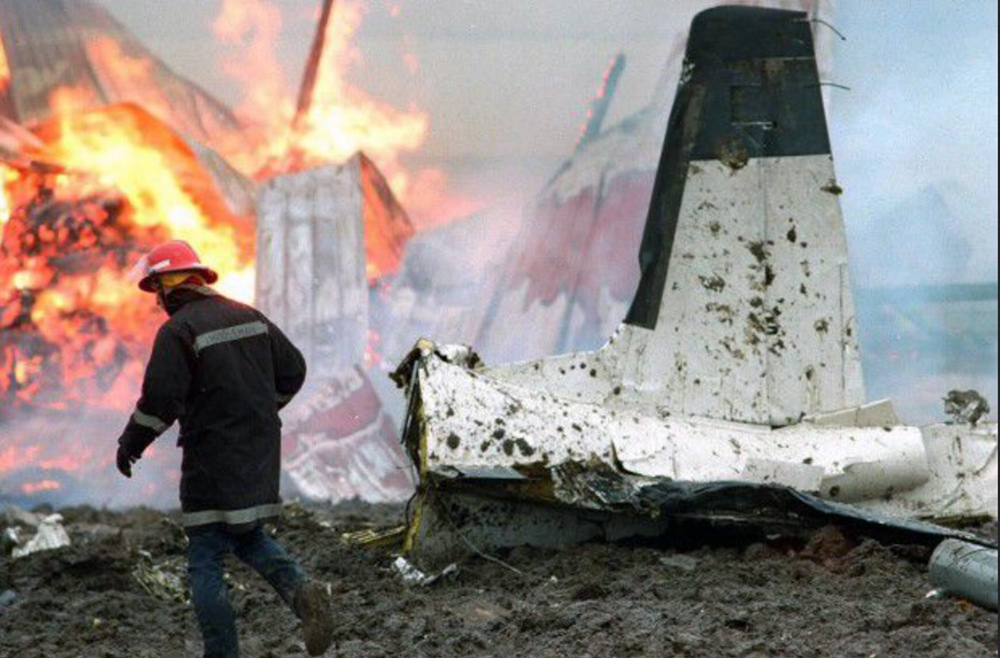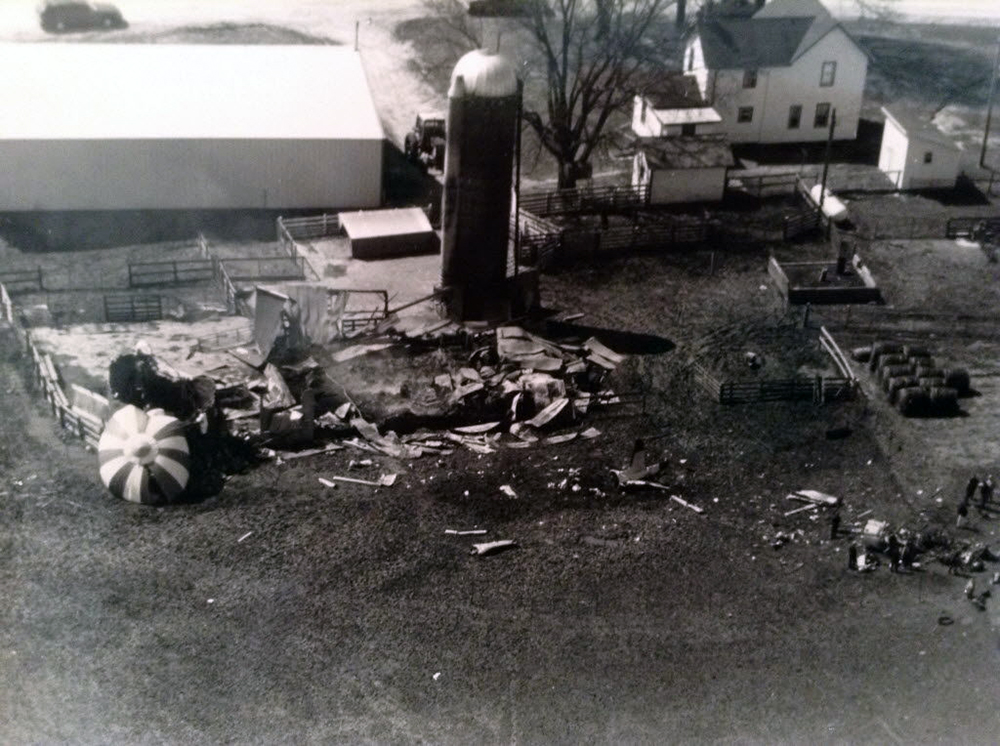Crash of a Beechcraft C18S in North Branch: 1 killed
Date & Time:
May 22, 1993 at 1300 LT
Registration:
N67E
Survivors:
Yes
Schedule:
North Branch - North Branch
MSN:
6252
YOM:
1944
Crew on board:
1
Crew fatalities:
Pax on board:
1
Pax fatalities:
Other fatalities:
Total fatalities:
1
Captain / Total hours on type:
500.00
Circumstances:
The flight originated at 1235. The pilot performed two fly-by passes for the dedication of a nearby mall. The pilot radioed for clearance to land at the private airport which he owned. He was given clearance to land and told the wind was from the south at 20 knots. The pilot landed on runway 09. During landing roll, the airplane was seen to nose over. The cockpit, cabin, and left wing of the airplane were consumed by fire. The passenger escaped through the over-wing emergency exit on the right side of the cabin. He stated the pilot was lying near the rear door and would not respond to stimulus. The investigation revealed two skid marks in the grass which terminated at the airplane wreckage. The mark made by the right main landing gear was 750 feet long. The skid mark made by the left main landing gear was 560 feet long. The passenger was seriously injured and the pilot was killed.
Probable cause:
Excessive use of brakes by the pilot-in-command.
Final Report:



